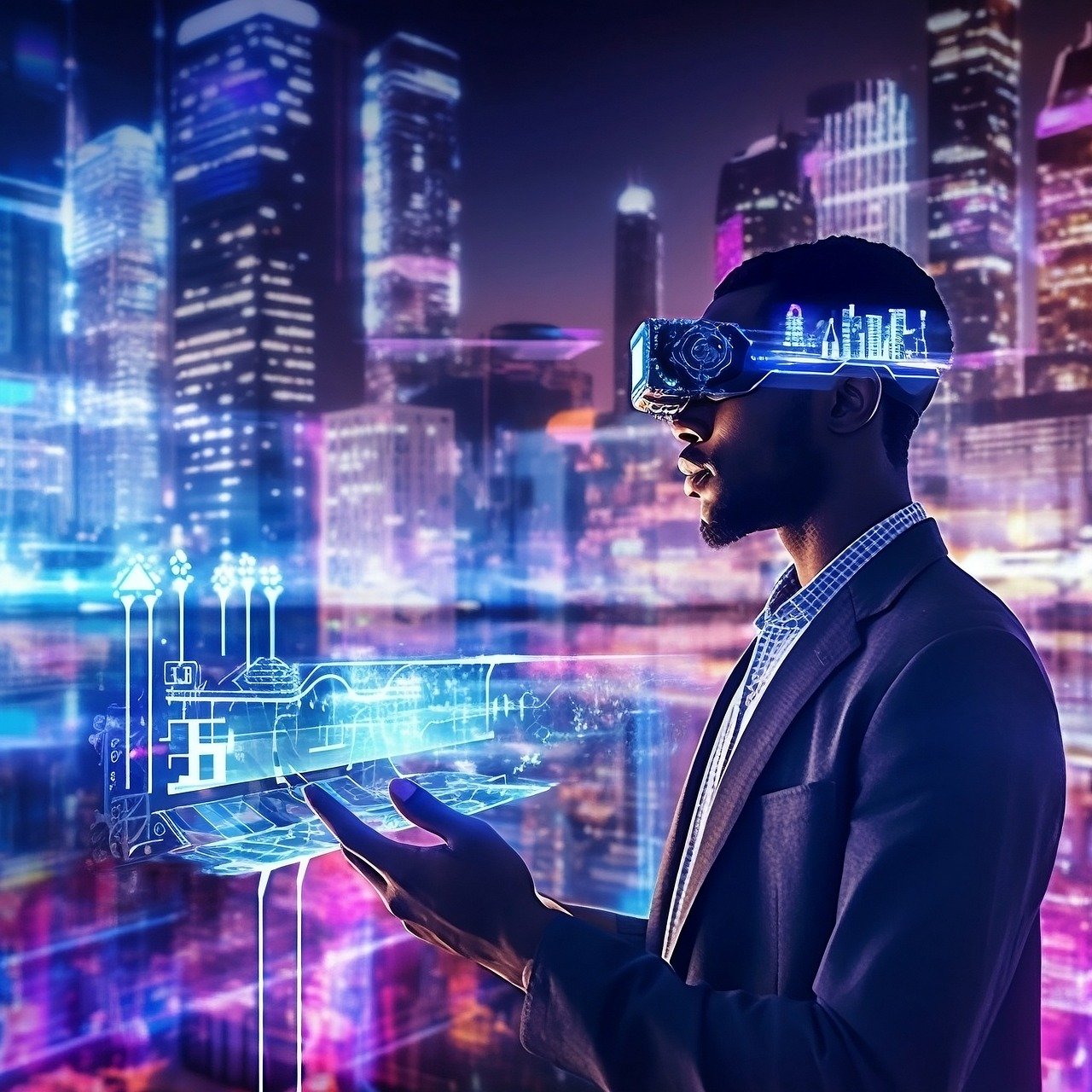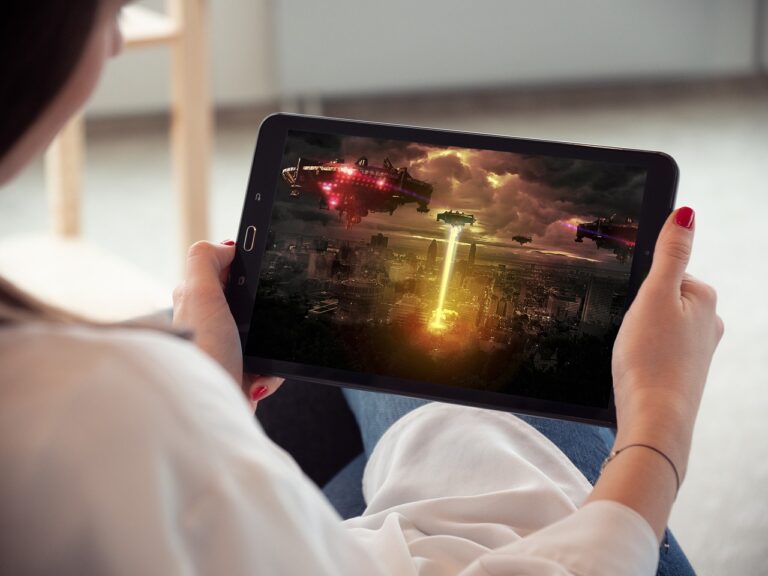Exploring the World of AI-Generated Virtual Influencers
Virtual influencers have swiftly emerged as a noteworthy trend in the realm of influencer marketing. These computer-generated personas, often indistinguishable from real individuals, have garnered a sizable following on social media platforms. With their impeccable aesthetics and engaging content, virtual influencers have captivated audiences worldwide.
Their rise has opened up a new avenue for brands to connect with consumers in a unique and innovative way. Virtual influencers offer a level of control and versatility that traditional human influencers may not always provide. As such, companies are increasingly turning to these digital creations to promote their products and services, tapping into the immense potential of this burgeoning marketing strategy.
The Technology Behind AI-Generated Virtual Influencers
AI-generated virtual influencers are revolutionizing the social media landscape through cutting-edge technologies. These digital personalities are created using sophisticated algorithms that enable them to engage with audiences in remarkably lifelike ways. Advanced artificial intelligence allows virtual influencers to learn and adapt their behaviors based on interactions, giving them a dynamic and engaging presence online.
The technology behind AI-generated virtual influencers involves intricate processes such as natural language processing, computer vision, and machine learning. By leveraging these tools, developers can imbue virtual influencers with the ability to understand and respond to user input, analyze visual content, and continuously improve their performance. As a result, these virtual entities are becoming increasingly indistinguishable from human influencers, blurring the lines between reality and the digital world.
Natural language processing is used to enable virtual influencers to understand and respond to user input
Computer vision technology allows virtual influencers to analyze visual content and interact with their environment
Machine learning algorithms help virtual influencers continuously improve their performance based on interactions
The integration of these technologies creates a dynamic and engaging online presence for AI-generated virtual influencers
How Virtual Influencers Are Changing the Marketing Landscape
With the advent of virtual influencers, the marketing landscape has witnessed a profound shift in consumer engagement strategies. These computer-generated personalities have captivated audiences with their unique personas and ability to resonate with digital-savvy consumers. Brands are leveraging virtual influencers to reach new markets, foster brand loyalty, and deliver innovative advertising campaigns. As these AI-driven personalities are not bound by the limitations of human influencers, they offer a new realm of creative possibilities for marketers.
Virtual influencers are enabling brands to experiment with cutting-edge technologies such as augmented reality (AR) and virtual reality (VR) to create immersive advertising experiences. By collaborating with virtual influencers, companies can deliver interactive content that blurs the lines between reality and fantasy, capturing the attention of tech-savvy consumers in a crowded digital landscape. This innovative approach to marketing is pushing boundaries and reshaping traditional advertising models, paving the way for a more dynamic and engaging brand-consumer relationship.
What are virtual influencers?
Virtual influencers are computer-generated characters designed to appear and interact like real influencers on social media platforms.
How are virtual influencers changing the marketing landscape?
Virtual influencers are offering brands new opportunities to reach their target audience in a more authentic and engaging way, leading to a shift in traditional marketing strategies.
What technology is used to create AI-generated virtual influencers?
AI technology is used to create and animate virtual influencers, allowing them to interact with their audience and promote products or services.
Are virtual influencers becoming more popular than human influencers?
While virtual influencers are gaining popularity, human influencers still dominate the social media landscape. However, the rise of virtual influencers is reshaping the influencer marketing industry.
How can businesses leverage virtual influencers in their marketing campaigns?
Businesses can collaborate with virtual influencers to promote their products or services, reaching a wider audience and creating unique and innovative marketing campaigns.







